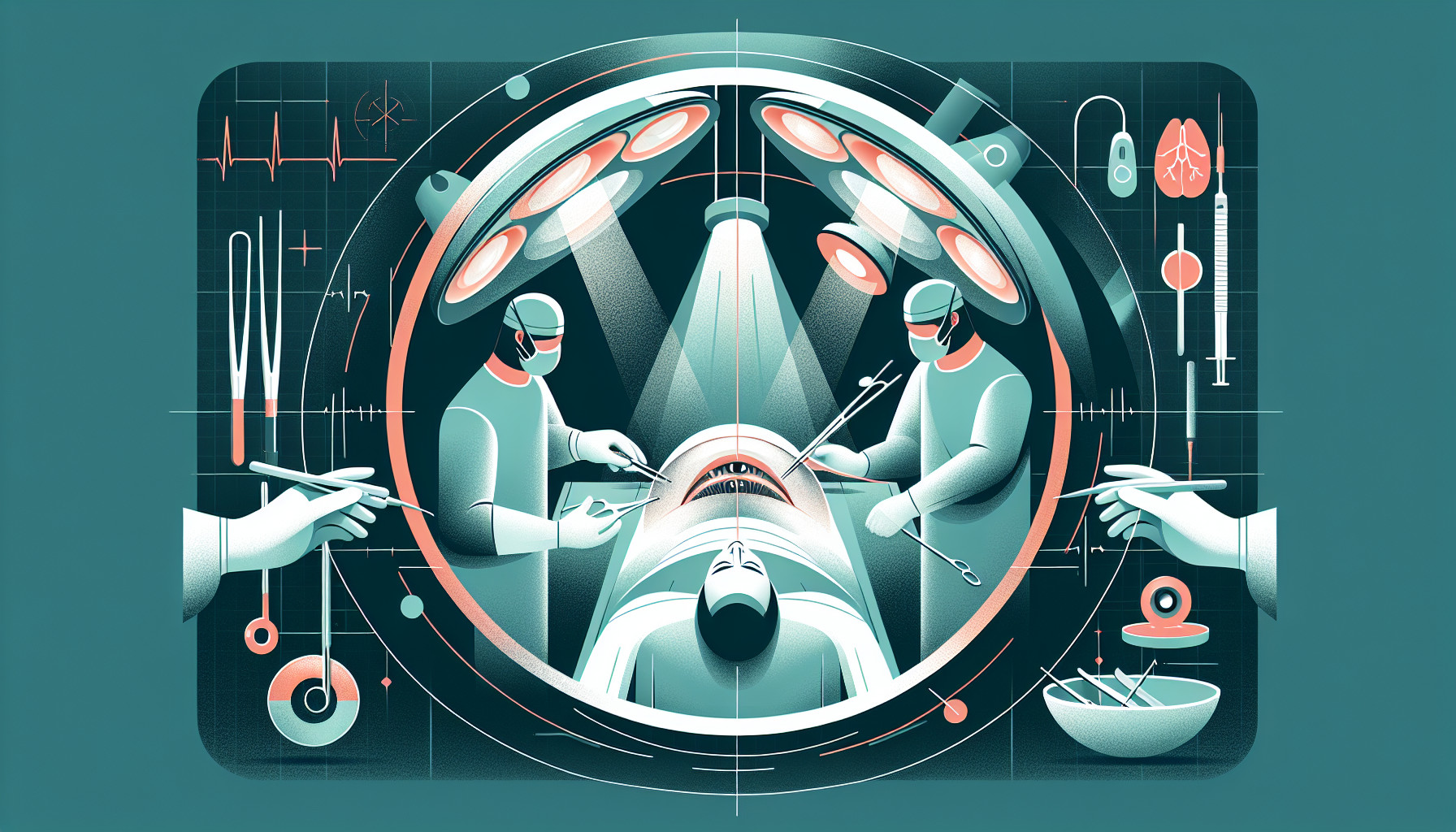Our Summary
Cataract surgery has improved a lot in recent years, with lots of new techniques and technologies. One of these is doing the surgery through very small cuts, smaller than 2mm. Other advances include using high-fluid technology and lasers to remove the cataract, which reduces or even eliminates the need for ultrasound. A very precise type of laser, called a femtolaser, can be used to make cuts in the cornea and lens.
New types of lenses that are put in the eye during surgery can improve the quality and contrast of the image the eye sees. There are also lenses that can correct presbyopia, which is when you have trouble focusing on things that are close up.
Other improvements include better ways to measure the eye and calculate the power of the lens that will be put in, preventing the capsule (the part of the eye that holds the lens) from becoming cloudy after surgery, and new ways to prepare for surgery and possibly even treat the cataract itself.
The cost-effectiveness of doing cataract surgery on both eyes in the same session is also discussed.
FAQs
- What are some of the recent innovations in cataract surgery?
- How have improvements in the design and material of intraocular lenses and surgical techniques contributed to the prevention of secondary capsule opacification?
- What is the potential future of same-session bilateral cataract surgery and its cost-effectiveness?
Doctor’s Tip
One helpful tip a doctor might tell a patient about cataract surgery is to follow all pre-operative instructions provided by your surgeon to ensure the best possible outcome. This may include avoiding eating or drinking before surgery, stopping certain medications, and arranging for transportation to and from the surgery center. Additionally, be sure to discuss any concerns or questions you have with your surgeon before the procedure.
Suitable For
Cataract surgery is typically recommended for patients who have significant visual impairment due to cataracts, which are cloudy areas in the lens of the eye that cause blurry vision. Common symptoms of cataracts include cloudy or blurry vision, difficulty seeing at night, sensitivity to light, and seeing halos around lights.
Patients who are candidates for cataract surgery are those who have a decreased quality of life due to their vision problems, have difficulty performing daily tasks such as driving or reading, and have vision that cannot be corrected with glasses or contact lenses. Additionally, patients with cataracts that are affecting their ability to perform their job or engage in hobbies may also be recommended for surgery.
It is important for patients to undergo a thorough eye examination by an ophthalmologist to determine if cataract surgery is the best treatment option for their vision problems. The ophthalmologist will consider factors such as the severity of the cataracts, the patient’s overall health, and their visual needs when recommending surgery.
Timeline
Before cataract surgery:
- Patient visits an ophthalmologist for an eye examination and diagnosis of cataracts.
- Ophthalmologist discusses treatment options, including the possibility of cataract surgery.
- Patient undergoes pre-operative tests and measurements to determine the appropriate intraocular lens (IOL) power.
- Patient receives instructions on how to prepare for surgery, including fasting before the procedure.
After cataract surgery:
- Patient arrives at the surgical center or hospital for the procedure.
- Anesthesia is administered to numb the eye and ensure the patient’s comfort during surgery.
- Ophthalmologist performs the cataract surgery, typically using phacoemulsification to break up and remove the cloudy lens.
- Intraocular lens (IOL) is implanted to replace the natural lens and restore vision.
- Patient is monitored in the recovery area and given post-operative instructions, including the use of eye drops and follow-up care.
- Patient may experience blurry vision, light sensitivity, and mild discomfort in the days following surgery as the eye heals.
- Follow-up appointments are scheduled to monitor the healing process and check the vision improvement.
What to Ask Your Doctor
- What are the risks and potential complications associated with cataract surgery?
- What type of cataract surgery technique do you recommend for me?
- Will I need to stop taking any medications before the surgery?
- How long is the recovery time after cataract surgery?
- Will I need to wear glasses or contacts after the surgery?
- What type of intraocular lens (IOL) do you recommend for me?
- How long do I need to wait before getting cataract surgery in my other eye?
- Will I need any follow-up appointments after the surgery?
- How successful is cataract surgery in improving vision?
- What are the costs associated with cataract surgery and will my insurance cover it?
Reference
Authors: Menapace R. Journal: Ther Umsch. 2016;73(2):53-9. doi: 10.1024/0040-5930/a000756. PMID: 26982642
